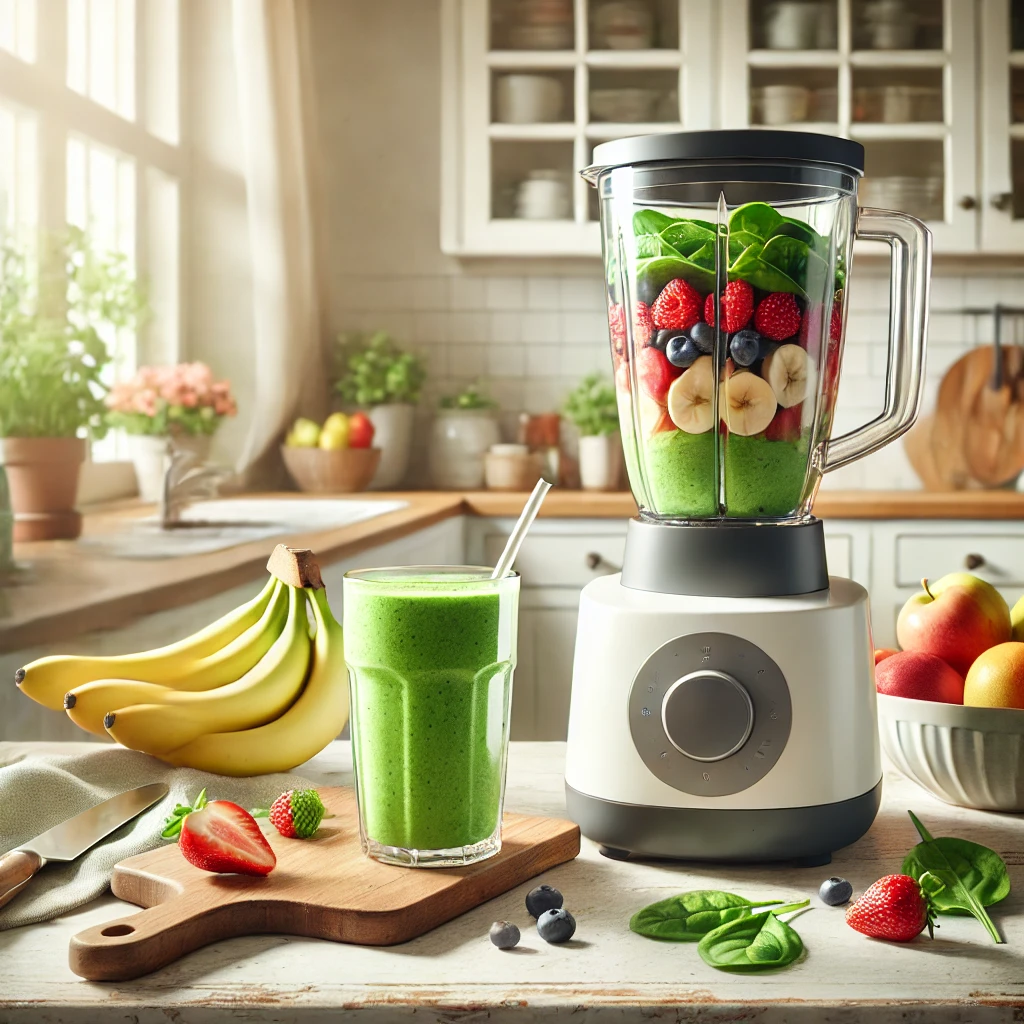Thinking About Starting a Garden?
With rising food costs and concerns about the safety of store-bought produce, growing your own food becomes an appealing option. Before diving in, it’s important to consider a few key questions. Although starting a garden is not overly complex or costly, we consulted experts from the Linn County Master Gardeners for their advice on how to launch a garden from scratch.
Choosing the Right Location
When beginning, new gardeners have many ways to tailor their garden to fit available space, budget, and dietary preferences.
First, decide where your garden will be placed and measure the area you have. Choose a location that receives plenty of sunlight—ideally 6 to 8 hours daily—to ensure healthy vegetable and herb growth. The ground should drain well and not be on a steep incline.
If the site currently has grass or weeds, you’ll need to eliminate them before planting. Using cardboard weighted down with bricks or stones is an effective, budget-friendly way to suppress unwanted vegetation. If you haven’t done this in the fall, start as soon as the snow melts and the soil surface becomes visible.
Raised Beds: Are They Necessary?
Decide whether you want to plant directly in the soil or use raised beds.
Raised beds can make gardening easier on your body, help keep pests away, and be designed to complement your outdoor space. Building a 4×8 foot raised bed using lumber from a hardware store typically costs between $150 and $200. This size is favored by many experienced gardeners because it allows easy reach to the center and fits numerous plants. Instructions for building raised beds are widely available online. Alternatively, smaller, more affordable raised beds made from materials like aluminum can also be purchased.
Though raised beds offer benefits (along with additional costs), they aren’t essential. Gardens can thrive planted directly in the ground, as long as you plan for weed control and pest management.
What to Grow?
Personalize your garden by planting foods you enjoy cooking and eating!
Choosing what to grow is an enjoyable part of gardening. Start by thinking about your favorite foods. Does your family enjoy fresh tomatoes? Do you frequently use herbs? Do you have space for pumpkins or squash? Consider your preferences alongside the space you have available.
Many gardeners like growing herbs in pots near the kitchen door for easy access during cooking—raised beds work well here. Other vegetables can be planted in the ground elsewhere.
If growing tomatoes, provide ample room and use tomato cages to support them. Other crops can be planted using the “square foot gardening” method, which places one plant per square foot. Imagine how much you can fit in a 4×8 foot bed!
When Should I Plant?
Once you decide what to grow, determine whether to start seeds indoors or buy young plants in spring. Starting seeds indoors in March can save money but requires setting up a growing area with grow lights, heating pads, ventilation, and proper soil mix. These supplies can often be reused year after year. Many big box stores and garden centers sell seed starting kits.
Another option is winter sowing, which doesn’t require special equipment and can produce stronger plants. This method uses recycled plastic milk jugs and allows seeds to cold stratify naturally for 4 to 5 weeks before germinating. Numerous online resources and tutorials can guide you through this process.
Missed the Seed Starting Window?
If you didn’t start seeds on time, buying young plants from a reputable nursery or plant sale is a great alternative. For example, the Spring Plant and Art Sale at Indian Creek Nature Center is well-regarded.
Some cool-weather plants tolerate early spring temperatures, but most gardeners wait until after Mother’s Day to plant outdoors. Planting is often the most enjoyable part of the gardening season—definitely preferable to weeding! Choose whether to plant traditional rows of carrots and beans or try square-foot gardening. Organize your plot accordingly, follow seed packet or plant tag instructions, water thoroughly, and mark your plants.
Happy Gardening!
Gardening goes beyond growing your own food. It’s about experimenting, building a connection with your food source, and enjoying time outdoors. Every gardener faces challenges like weeds, seeds that don’t sprout, and pesky critters. Yet, the rewards include feeling the earth, sharing your surplus with neighbors, and savoring food you’ve nurtured yourself.






